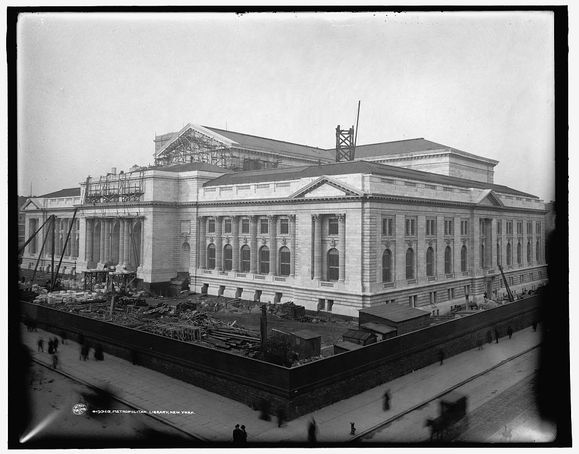Astor, remembered as the first multi-millionaire of the United states, and by some calculations the fourth richest person in American history. At the time of his death, he was by far the wealthiest person in the United States, with an estate of more than $20 million.
Astor was born on July 17, 1763, in Walldorf, near Heidelberg, Baden, In What is new Germany. His father was a butcher, and Astor initially started working as an assistant to his father as a dairy salesman. At the age of 16, Astor emigrated to London, learning English while working with his brother George producing musical instruments.
In 1784, Astor came to the newly formed United States of America. He initially traded furs with the Native Americans, and a few years after his arrival opened a fur goods shop in New York. He also continued to represent his brother’s musical instrument business in New York.
Astor married Sarah Todd, who possessed a business acumen, that he declared better than that of most merchants. She assisted Astor in practical details of his business.
In 1794, The Jay Treaty between Great Britain and the US, opened new markets in Canada and the Great Lakes. He started importing furs from Montreal to New York, after negotiating a contract with the Northwest Company of Montreal and Quebec, while in London.
By 1800, Astor had amassed almost $250,000, and was a leading figure in the fur trade. He then started trading furs, teas and sandalwood in China, and his wealth continued to grow.
In 1807, the US Embargo Act threatened to disrupt his import/export business. Ever looking for new ways to make money, he obtained the permission of President Jefferson to establish the American Fur Company, with a number of subsidiaries to control fur trading in the Columbia River, and Great Lakes area.
In April, 1811, he established a trading post at Fort Astoria, the first US community on the Pacific Coast. Around the same time he financed the Astor Expedition, which discovered the South Pass, through the Rocky Mountains.
The war of 1812, again disrupted his fur trading, when the British captured his trading posts.
Ever diversifying, in 1816, Astor purchased ten tons of Turkish opium, and smuggled it to Canton, China. He eventually left the China opium trade, and sold exclusively to England.
Astor finally benefited from politics in 1817, when the US Congress prohibited foreign traders from US Territories.
While his trading business was growing, in 1804, Astor also expanded into real estate. He purchased the remainder of a 99 year lease in Manhattan from then Vice President, Aaron Burr. Astor subdivided the property into 250+ lots, and sub-leased them.
In the 1830s, seeing that New York was about to emerge as one of the world’s greatest cities, he withdrew from his various ventures, and bought and developed large tracts of Manhattan real estate, buying large tracts beyond the current city limits.
Upon retirement from business, he spent most of his time as a patron. He supported Audubon, Edgar A. Poe, and the presidential campaign of Henry Clay.
One of Astor’s greatest legacies was a portion of his will, $400,000 that was used to build the Astor Library for the public. This library, when consolidated with a number of other libraries formed the basis for the New York Public Library.
Astor was buried in the Trinity Churchyard.




 RSS Feed
RSS Feed